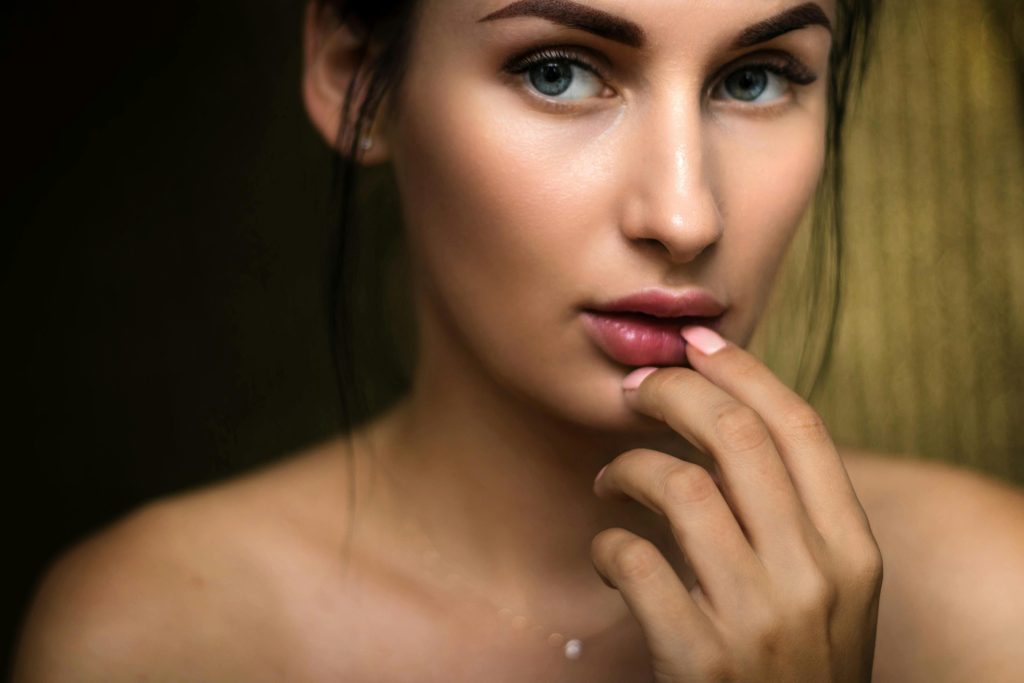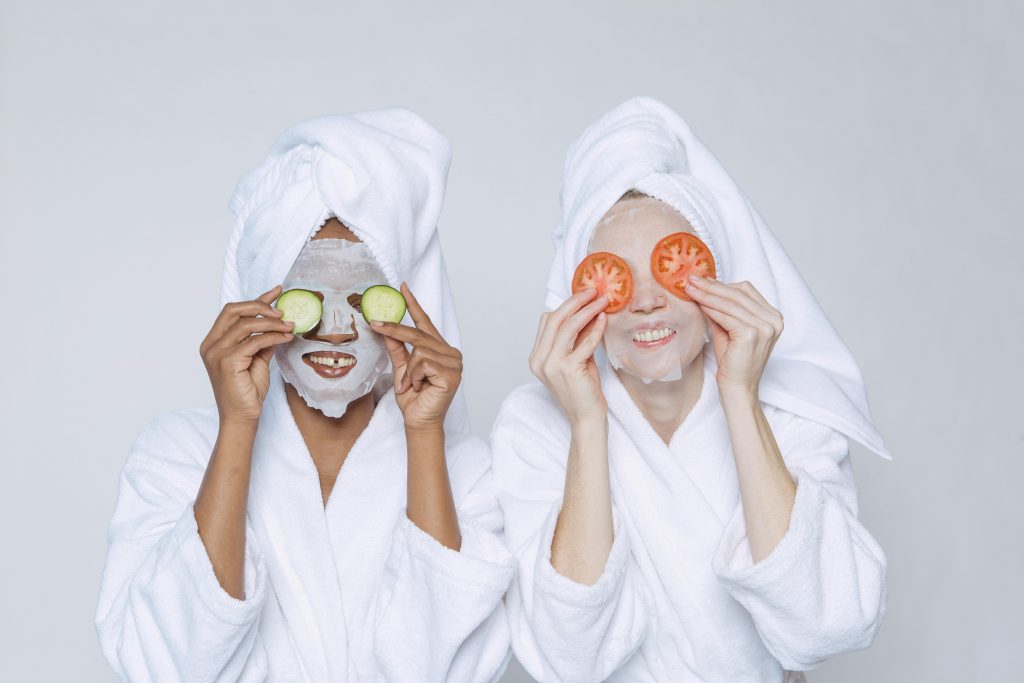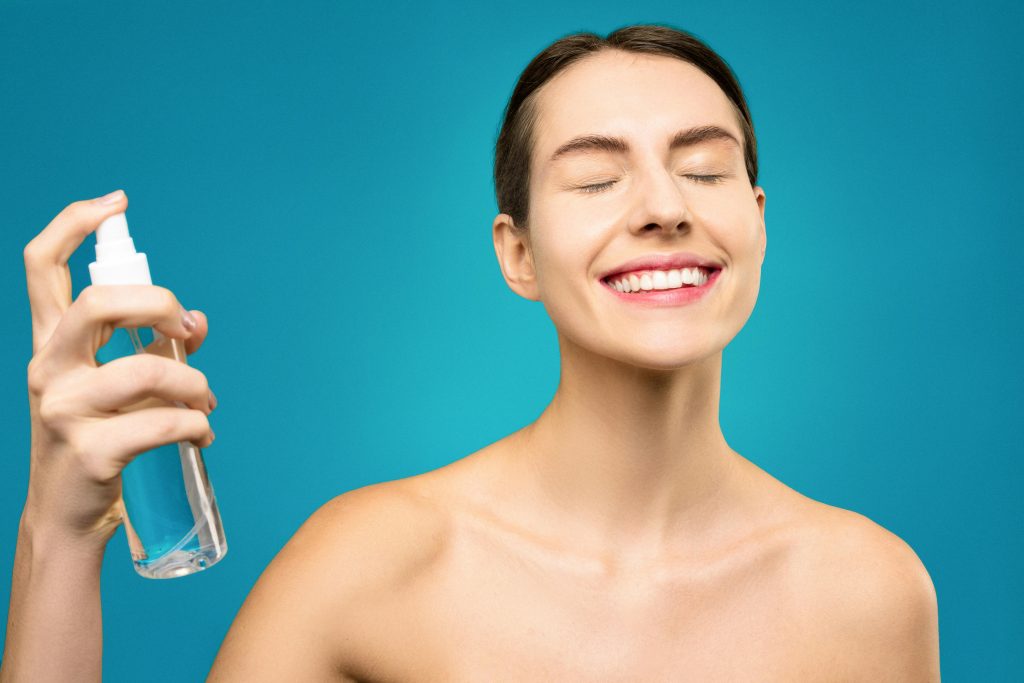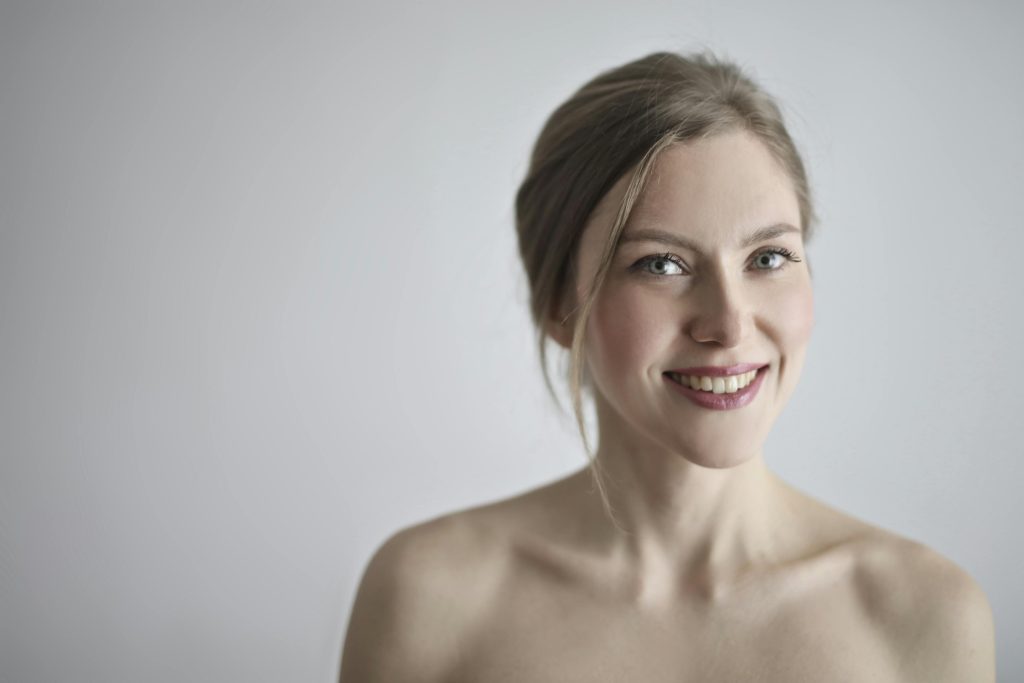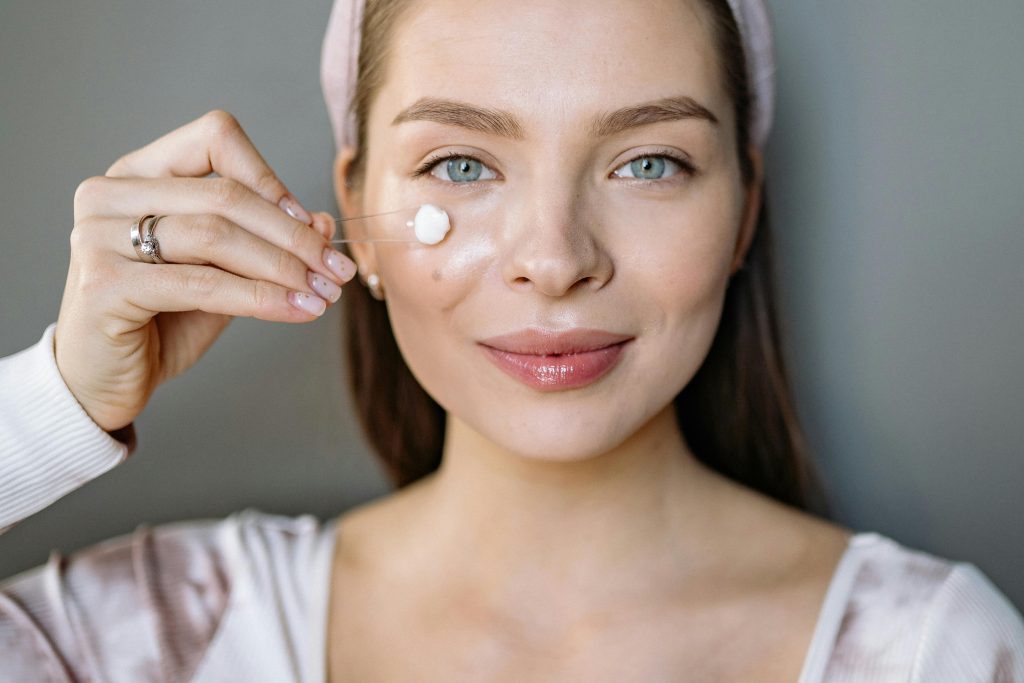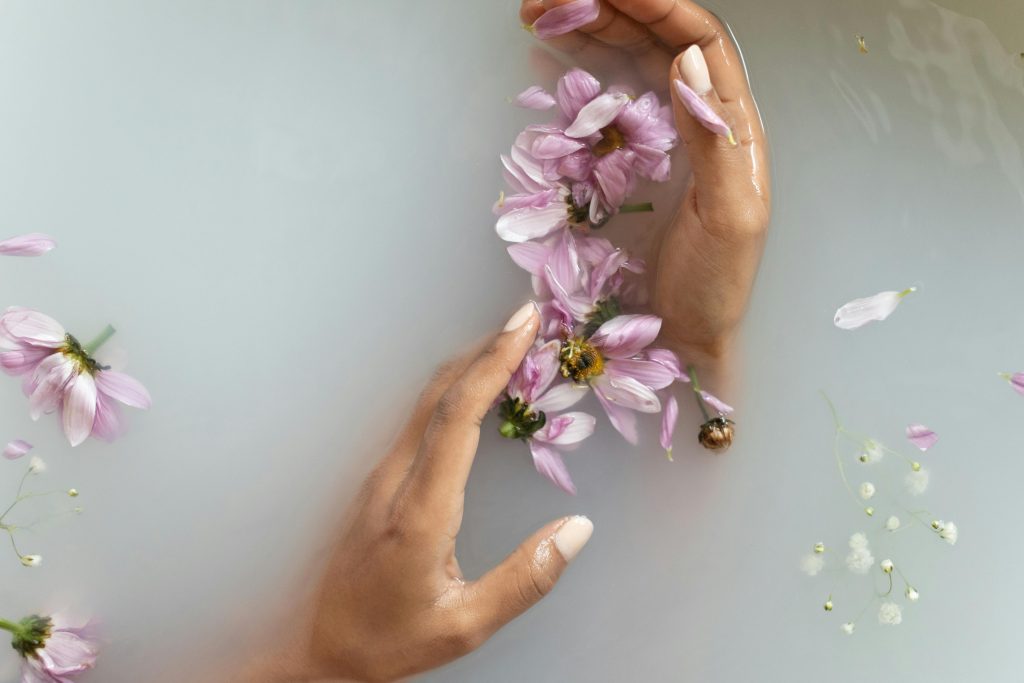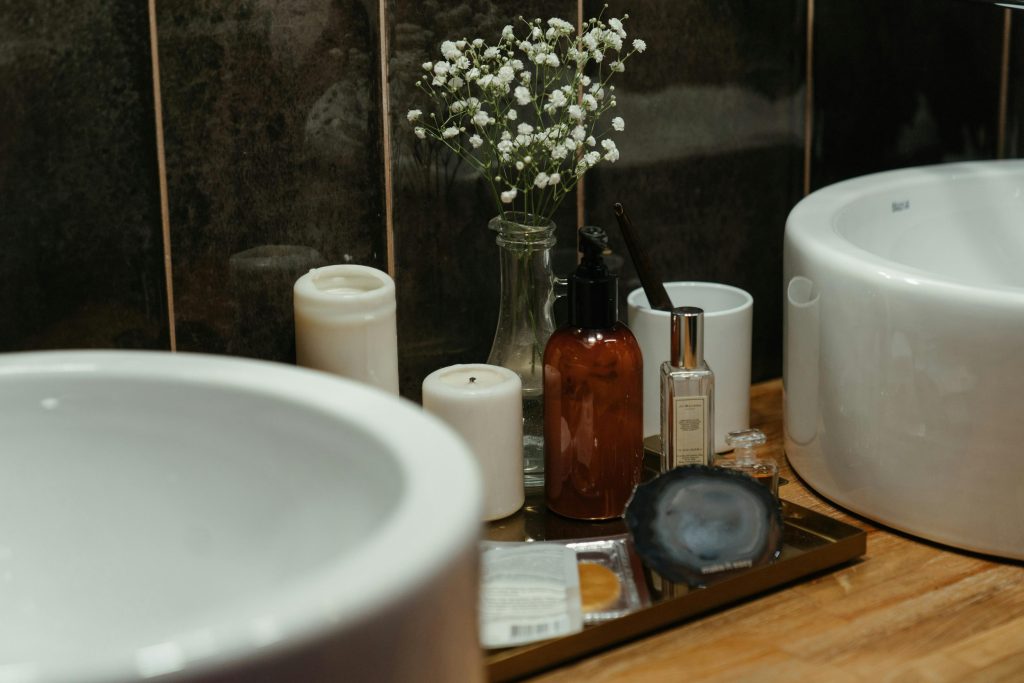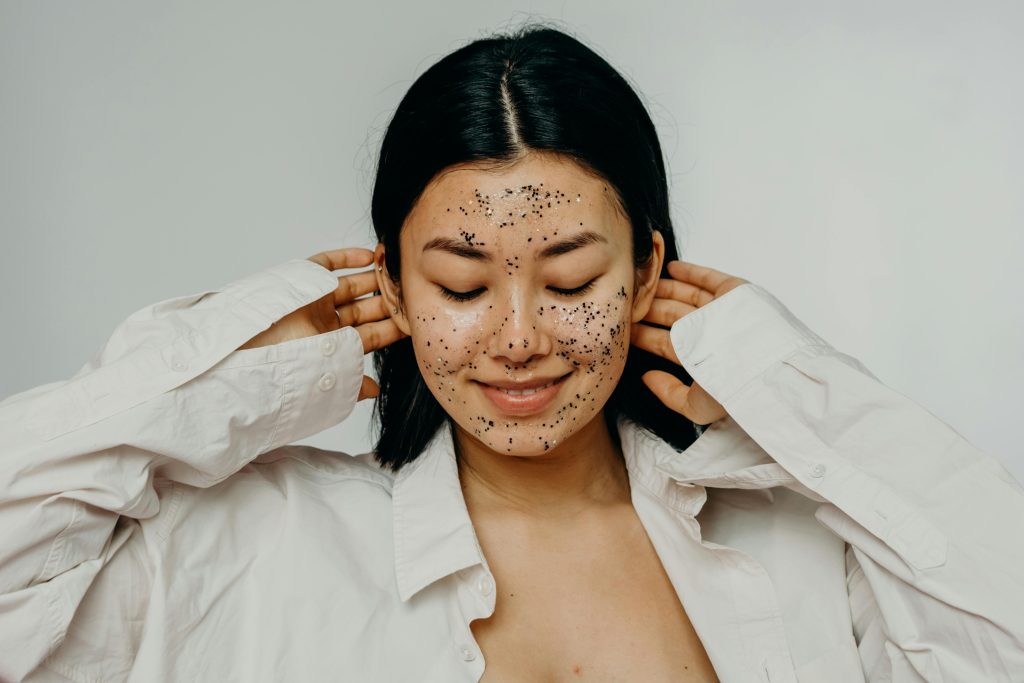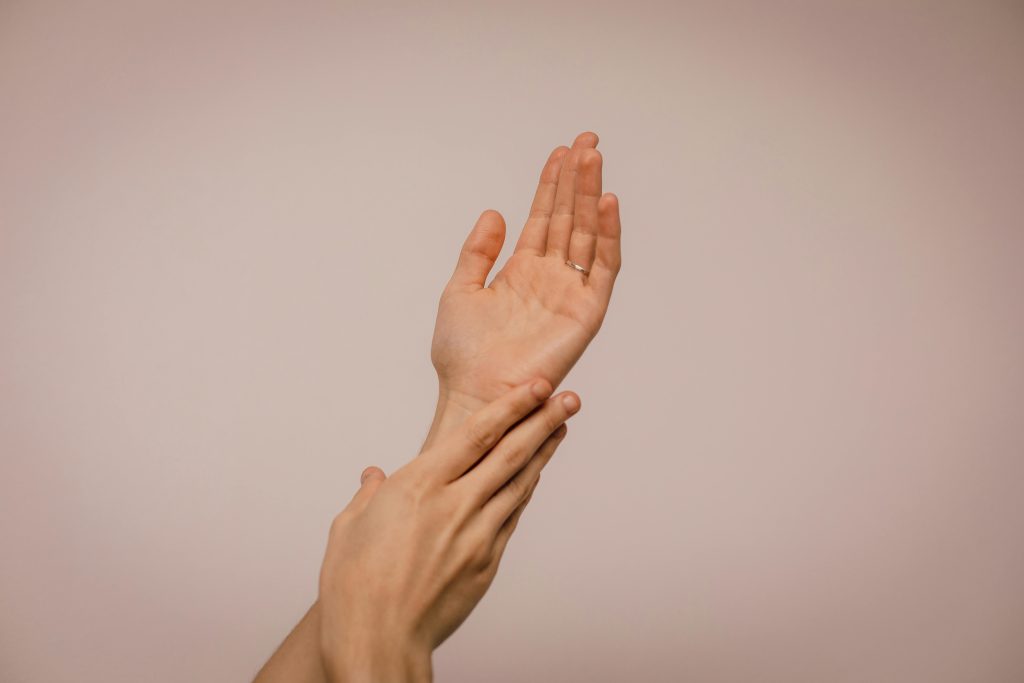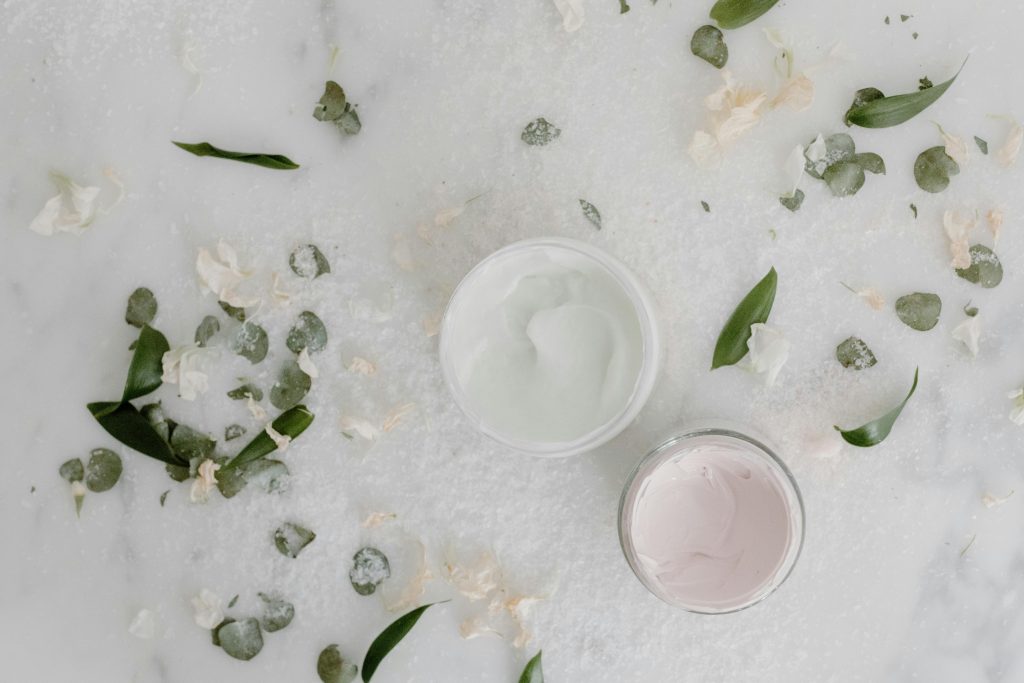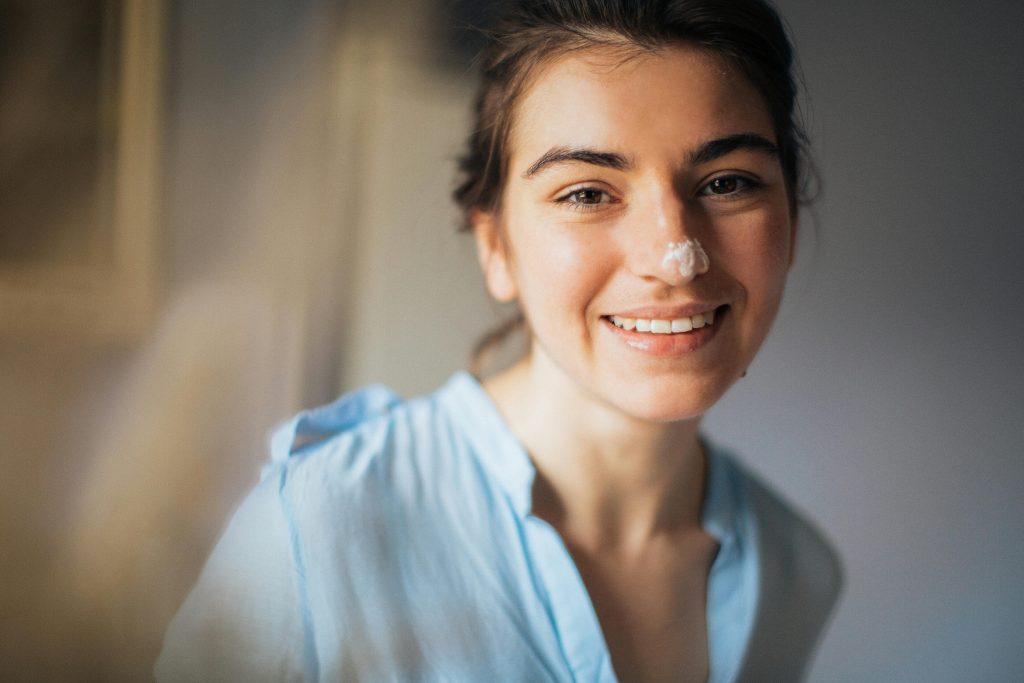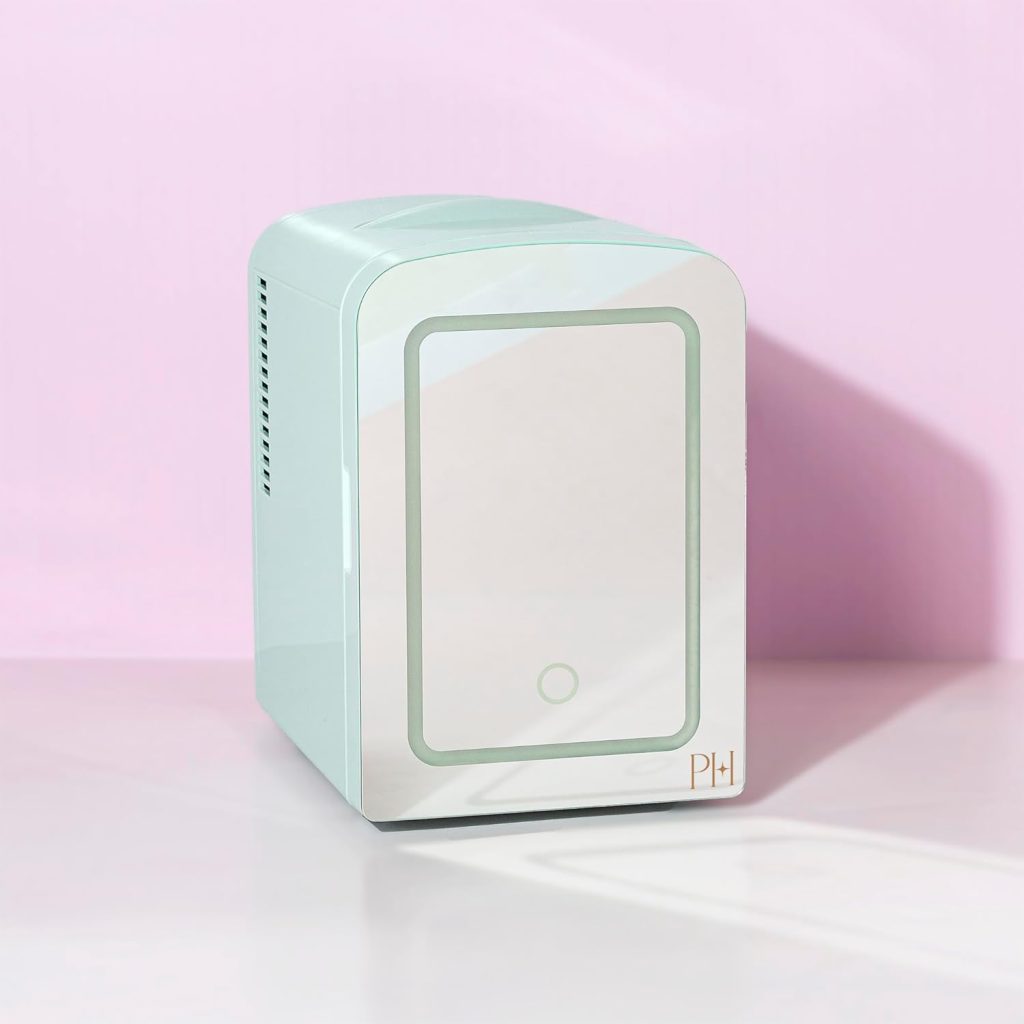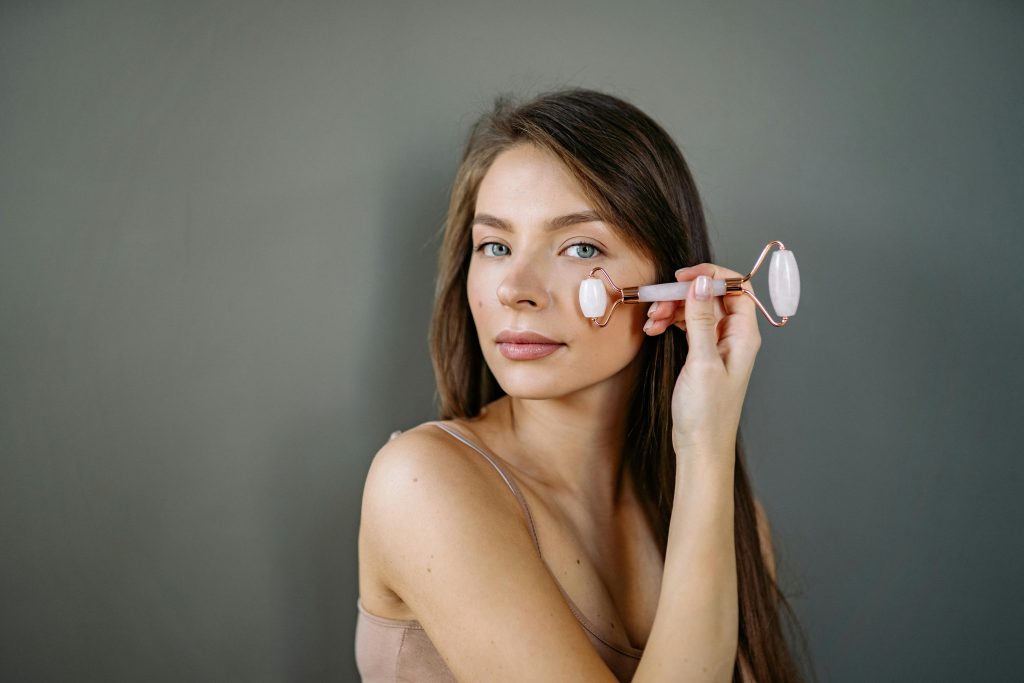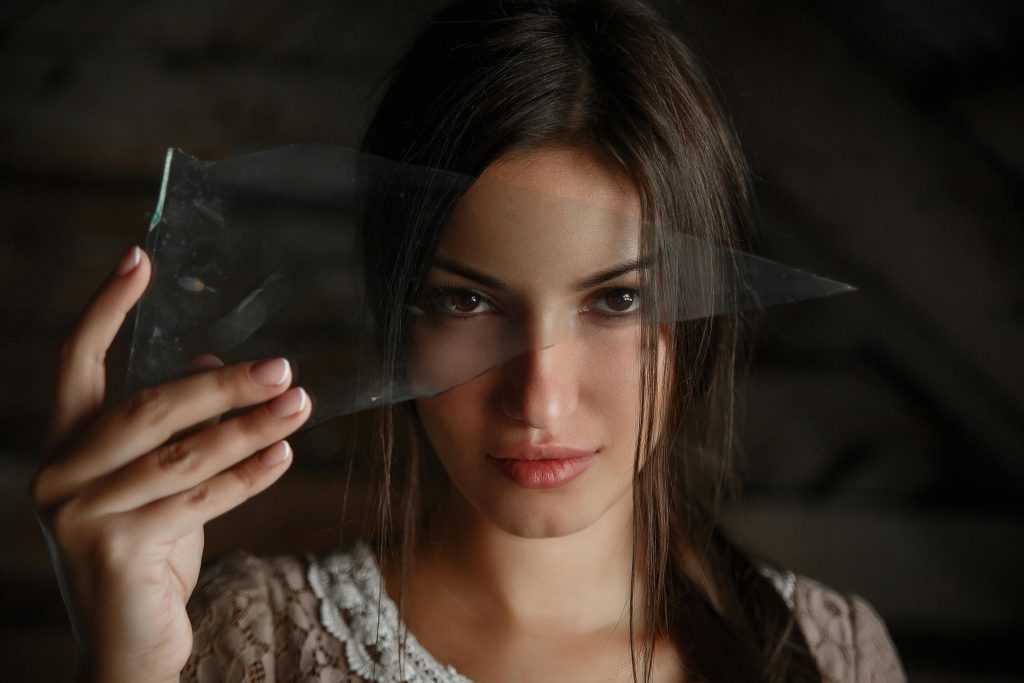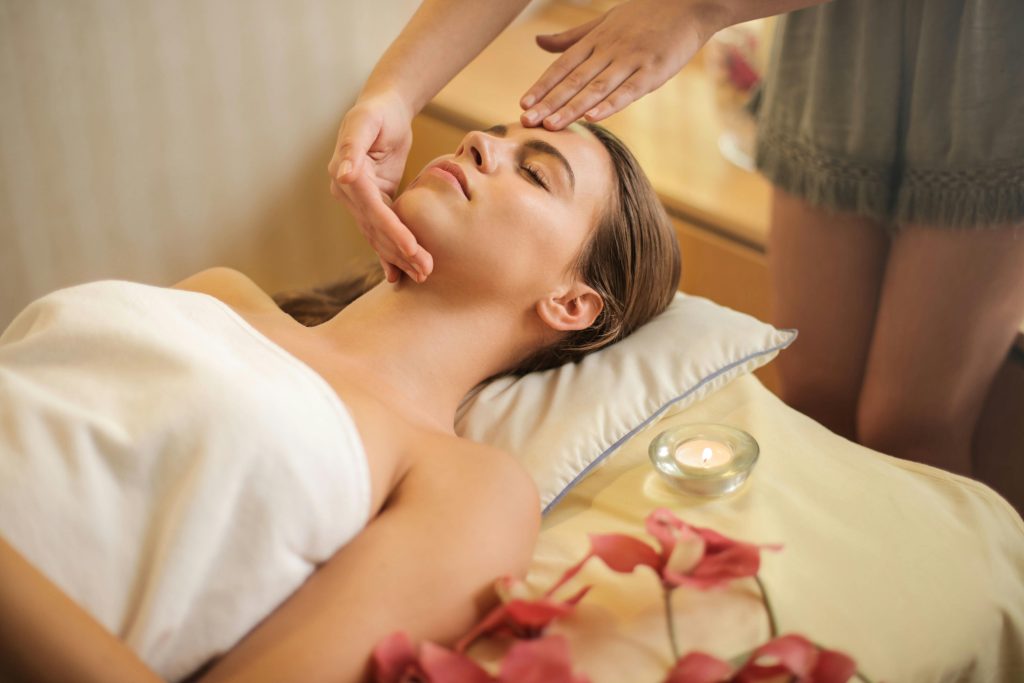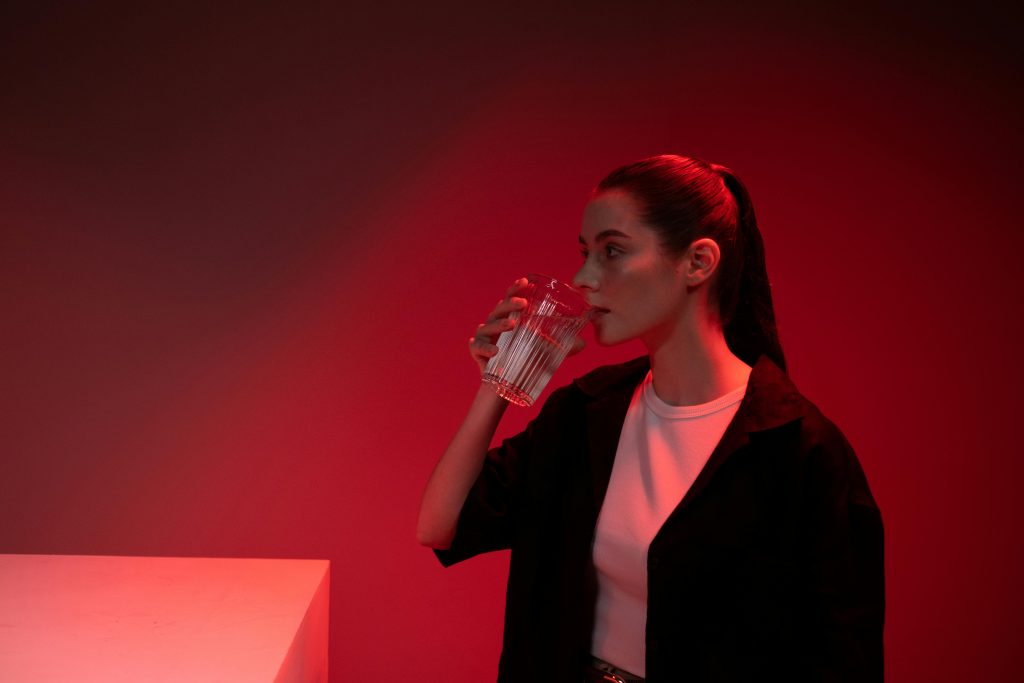
As an Amazon affiliate, I earn a commission for the products linked below.
Red Light Therapy for Skin: Hype or Holy Grail?
If you’ve spent even five minutes on skincare TikTok or Instagram lately, you’ve probably seen someone wearing a glowing red mask that looks straight out of a sci-fi movie. 👽
But what is red light therapy, and does it actually work, or is it just another overpriced beauty gimmick?
Let’s break down the science, what dermatologists are saying, and whether red light therapy deserves a place in your skincare routine.
What Is Red Light Therapy?
Red light therapy (RLT), also known as low-level light therapy (LLLT) or photobiomodulation, uses specific wavelengths of red and near-infrared light to penetrate the skin and stimulate cellular activity.
The idea? Boost collagen, speed up healing, reduce inflammation, and improve overall skin texture and tone—without pain or downtime.
How Does It Work?
Red and near-infrared light penetrate the skin at different depths:
✨Red light (around 630–660 nm) targets the epidermis (outer layer) to boost collagen production and improve texture.
✨Near-infrared light (around 810–850 nm) reaches deeper into the dermis, stimulating circulation and cellular repair.
This process encourages:
- Increased collagen and elastin production
- Enhanced cell turnover
- Reduced inflammation
- Faster healing of acne and scarring
Potential Benefits of Red Light Therapy
According to studies and dermatologists, RLT may help:
✅Diminish fine lines and wrinkles
✅Fade acne scars and hyperpigmentation
✅Calm rosacea and inflammation
✅Speed up wound healing and repair
✅Improve skin texture and elasticity
✅Reduce breakouts (by calming inflammation—not killing acne bacteria)
What It Won’t Do
Let’s keep it real. Red light therapy is not:
❌A quick fix or overnight miracle
❌A substitute for sunscreen, actives, or consistent skincare
❌A treatment for deep wrinkles or sagging skin on its own
It works best as part of a consistent, long-term routine, not as a one-off magic wand.
At-Home Devices vs In-Office Treatments
💠At-Home Devices
LED masks and handheld tools have become super popular. They’re safe, painless, and easy to use. However, they typically use lower energy output than professional treatments.
Popular options:
💡 Pro Tip: Look for devices with FDA clearance and real wavelength specs (630–660 nm range).
💠In-Office Treatments
Done by dermatologists or estheticians, these treatments use medical-grade machines with stronger penetration and faster results, usually as part of a full facial or targeted treatment plan.
So… Hype or Holy Grail?
Verdict: Somewhere in between.
Red light therapy is backed by science, and when used consistently, it can deliver impressive results, especially for:
- Early signs of aging
- Post-acne healing
- Skin sensitivity and inflammation
But it’s not a “miracle fix,” and results take time and consistency, often several weeks to months.
How to Add It to Your Routine
- Cleanse your skin first (no SPF or actives)
- Use RLT for 10–20 minutes as directed (usually 3–5 times per week)
- Follow with your serums and moisturizer
- Be consistent! The real magic happens over time
⚠️ Who Should Be Cautious?
- People with photosensitivity or certain medications (like isotretinoin)
- Those with seizure disorders (consult a doctor before use)
- If you have melasma, red light may not be ideal—ask your dermatologist first
Final Thoughts
Red light therapy isn’t just a social media trend—it’s a legitimate, non-invasive tool for supporting healthier, glowier skin.
But it’s not a cure-all. Think of it as a supplement to your routine, not a replacement for it.
✨ If you’re patient and consistent, red light therapy could be the glow-up tool you didn’t know you needed.
💬 FAQs
Q: How long does it take to see results?
A: Most users notice improvements in 4 to 8 weeks of consistent use.
Q: Can I use red light therapy every day?
A: Many devices are safe for daily use, but 3–5 times per week is generally effective.
Q: Does red light therapy hurt?
A: Nope! It’s painless, relaxing, and doesn’t generate heat.
Q: Can it help with acne?
A: Yes, especially for inflammatory acne. It reduces redness and supports healing, but it won’t target bacteria like blue light does.

